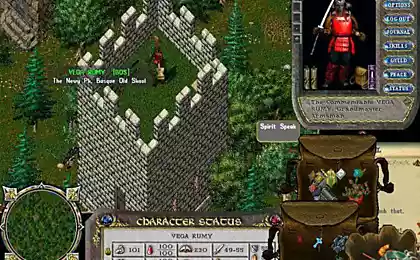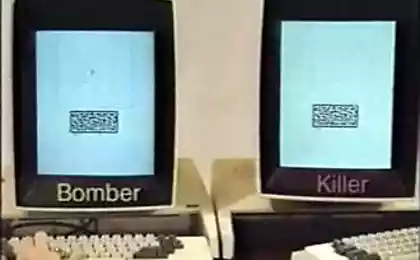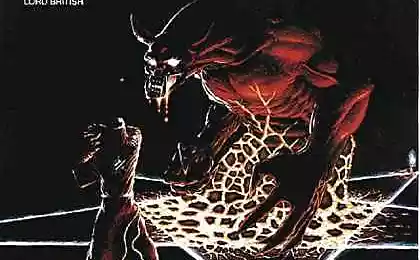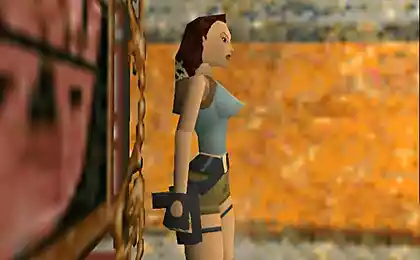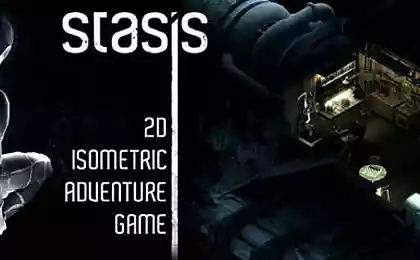2324
The history of the gaming market, part 2
12,281,305
Continuing the series of articles ( part 1 ) about the history of the gaming market and publish the second part. Today we will talk about the history of the formation of the market of gaming consoles and multiplayer games.
Console wars Formation consoles market began in the early 1990s. Prior to this set-top boxes (as they are called because of the signal receiver is used) were quite rare in the USSR.
The first truly mass products that appeared on the domestic market of consoles, and were prefixes Dendy Dendy Junior, completely copied from the Japanese Nintendo Entertainment System (NES). For the world market, these consoles were already obsolete, because back in 1990 Nintendo introduced SNES.
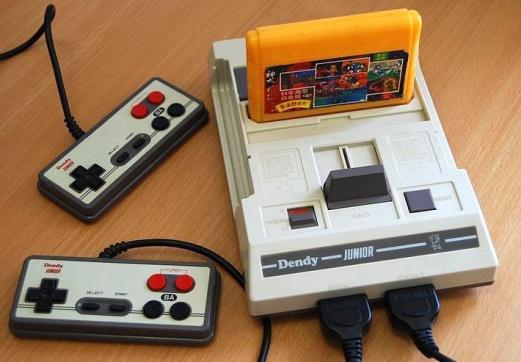
Nevertheless, for the domestic market, even the appearance of consoles not the last generation has been better than nothing. By the simplicity of e-filling and production, the domestic market almost instantly captivated Dendy copies from Asia: Panasonix, Sany, Akaiwa ...
Until the mid-nineties, the market was divided into three price categories: budget Dendy and clones mainstream Sega (Genesis or Megadrive) and expensive Super Nintendo. Units of the players had a 32-bit console, which can be attributed to a conditional luxury-segment. The most famous member of this category was the Panasonic 3DO, used as a carrier CD.
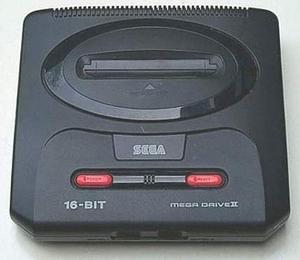
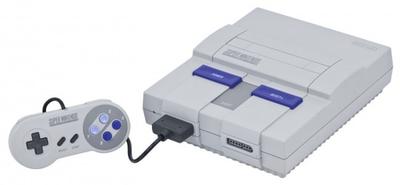
The alignment of forces has changed dramatically in 1994, when the world market came the Japanese Sony, presented his vision of console entertainment. In Russia, a new console, dubbed the Sony PlayStation, began to gain popularity in 1997-1998, when the popular "craftsmen" have established the mass production of pirated versions of games, and gradually stabilize the economic situation will allow gamers to actively acquire console themselves.
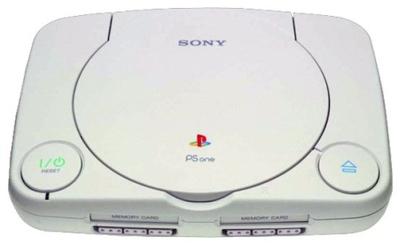
Competitors have taken a few steps in a relatively successful attempt to change virtually monopolistic position in the market Sony consoles. However, for the rapid launch of some consoles competitors (primarily, Sega Dreamcast) followed by stagnation and withdrawal from the market. Most often, this was due to the small library of games (compared to a giant collection of Sony) and the high price of retail.
Fracture situation occurred in 2001 when the market went console entertainment software giant Microsoft, who presented console Xbox. Enlisting the support of many leading game developers, as well as releasing exclusive hit projects (HALO, Gears of War), Microsoft was able to make Sony to compete in the global market. However, in the Russian championship Japanese console remained undisputed. In 2000 he published a Sony PlayStation 2: Russia's launch was supported by substantial advertising budgets and release games in Russian. However, we must consider the fact until the mid-2000s almost all games for Sony consoles in Russia were pirated goods. A much higher price for licensed games and a wide range of counterfeit goods have played a significant role in capturing a dominant market share of the Japanese manufacturer of gaming consoles.
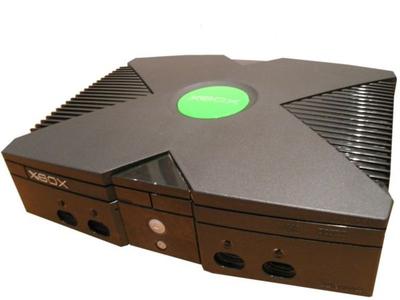
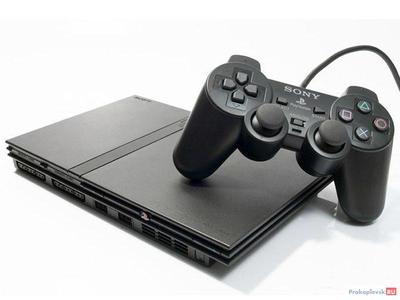
The next phase of the struggle for the consumer - from 2005 to 2007, when the major market participants consoles released new generation of their devices. On the Russian market in spring 2007 re-started the company Nintendo, presented his unusual decision Wii, in March the launch of Sony PlayStation 3, and in December 2007 was the start of the official Russian sales of Xbox 360.



In 2012, the Russian market appeared consoles Wii U, and a year later - Sony Playstation 4 and its main competitor, Xbox One.
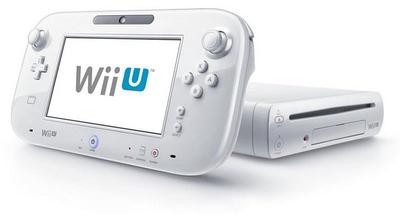
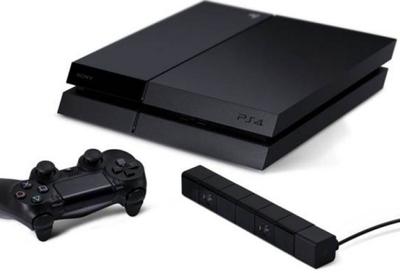

Now almost the entire Russian market is busy PlayStation 3 and only a small part belongs to the Xbox 360 and Nintendo Wii.
Mansion on the market of console entertainment are mobile (portable) gaming devices that are booming since the mid-2000s. Leader in this market, as the market "big" consoles were Japanese products manufacturing Nintendo and Sony - Nintendo DS (and later DSi 3DS) and PlayStation Portable. In this PSP significantly outperforms popularity in Russia competing devices Nintendo.

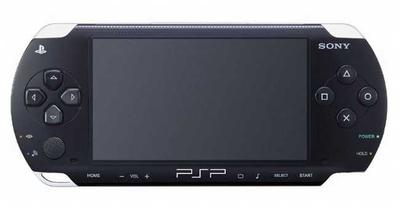
Development igrKompyuternye multiplayer game where participants were encouraged to compete not only against artificial intelligence, but also with a live opponent, have existed for a long time - almost since the first game programs in the middle of the XX century. However, generally, the number of participants has been limited and rarely exceeded the number of computers in a local area network (such kind of multiplayer games called - "network"). In such networks (especially university) originated MUD (multi-user dungeon) - in fact, one of the first multiplayer games.
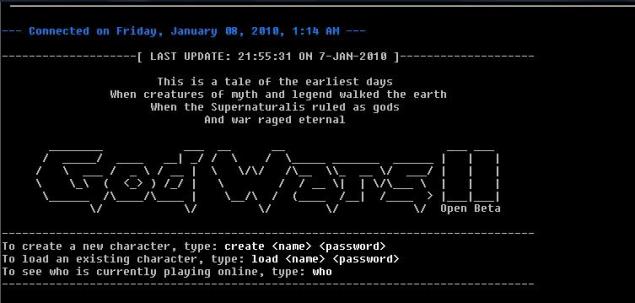
Most of these games are designed based on the Dungeons & Dragons, and have a clear fantasy oriented (in Russian representatives were MUD games Adamant, World Merlin and others).
In addition, it is worth mentioning the game based on the principle of play by email (PBEM), which is a classic game, "Pen", but using the e-mail address (projects Galaxy Plus, Atlantis, VGA Planets, etc.). Growth and decline in popularity of such methods of collective game correlated with the penetration of the Internet in Russia. A kind of alternative to the Internet in the 1990s was a free network FidoNet (required only a PC and modem - the monthly fee was absent). The highest point of popularity FidoNet steel 1996 -1997 years.

About the same time began widespread relatively inexpensive dial-up-access, which positively affected the dynamics of growth of internet penetration.
The turning point for the entire market, including the Russian segment, the emergence of the gaming universe Ultima Online (UO), which was created by Origin Systems on the basis of a large number of single-player game series Ultima. Thus, the reference point can be taken in 1997, when the players around the world have become available game servers ("shards») Ultima Online. Interest is maintained periodically facing additions expand the gaming world. So, in 2010, came out add-on Adventures on the High Seas. However, it is important to note that the official UO never went to the domestic market. The vast majority of players use the free pirated servers, and the proportion of users of the licensed version of the game with a monthly subscription fee was at the level of statistical error.

Another significant project garnered widespread popularity in Russia, were Korean Ragnarok Online, Lineage II (in Russia it is often called the "line", and the script of her popularity in our country repeated the story Ultima Online), Eve Online and World of Warcraft (WoW) . The latter is one of the most popular multiplayer games (about 10 million subscribers, according to Activision Blizzard).
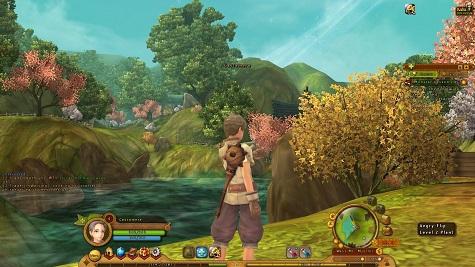
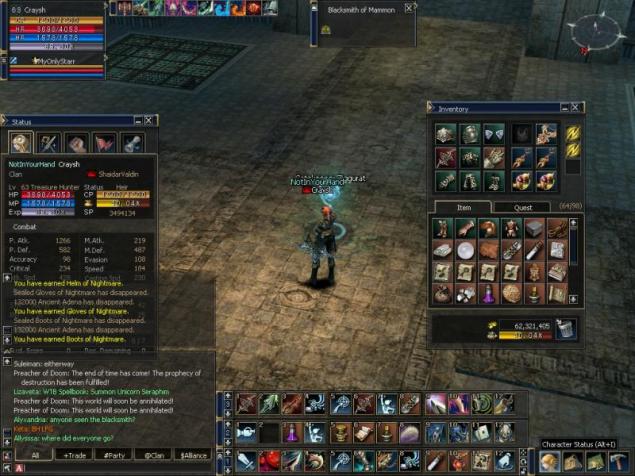


In Russia, the explosive growth in the popularity of multiplayer games began with the arrival of the new millennium. The first major project in the country was the "Fight Club", officially launched in spring 2002. According to the creators, in fact, the project was the first browser game of its type in the world and, not least, the first game that has demonstrated a way to make serious money. The very idea of monetization, significantly, did not come from the owners of the game, and from users. The administrator of the project addressed the players who were offered for a certain amount to create a special gaming accessories, as well as "pump" (increase the data) characters. Later, this initiative will be continued in the form of an auction. The project "Fight Club" was an important milestone in the formation of the market yet because it "grew up" many of those who are actively engaged in the development and publishing of MMO-games.
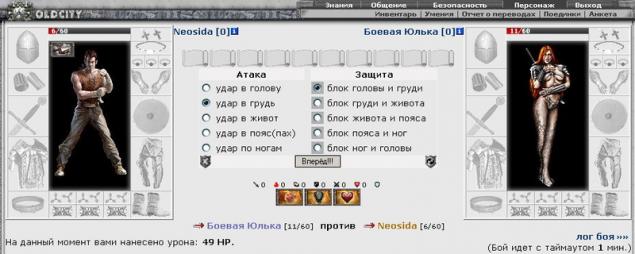
First domestic customer MMO game became "Sphere", released by NIKITA ONLINE in 2003 together with 1C. In 2004, the game was recognized as the best multiplayer game on Gameland Awards, and in 2005 was honored with the same title sequel "Sphere: Peace Selected».
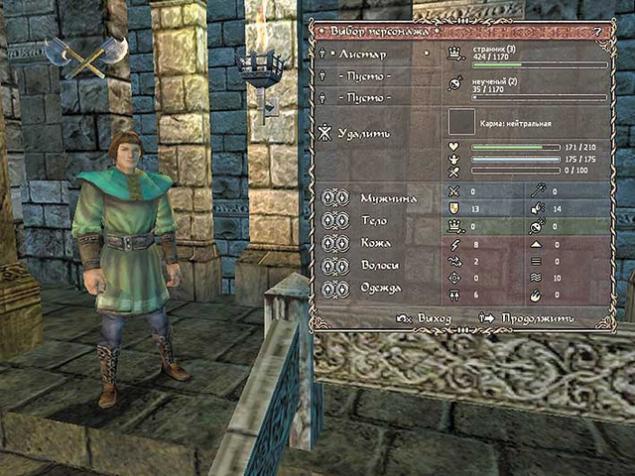
In 2006, the studio IT Territory launched game "Legend: Legacy of the Dragons". The game quickly gained popularity, from 2007 to 2011 "Legend" was included in the top ten of the popular vote Runet Award, and in 2010 and 2011 led the hit parade (in 2011 - along with World of Tanks, about which more will be discussed later ). In addition, the project was successful not only in Russia - in 2008, the game was released in the UK and Germany, and in 2009 the "Legend" has entered the market of China. At this point the game is running in Poland, Turkey, Spain, Italy, France, and the number of registered users in the game more than 8 million people worldwide.

The studio itself IT Territory in late 2007 merged with Astrum Nival (last Nival Online) and Time Zero, formed a holding company Astrum Online Entertainment. In 2008, the holding company has entered DJ Games. In 2009, a merger took place on the holding and Mail.Ru Group (after the acquisition of Mail.Ru Group 100% of the shares), which are formed as a result of the gaming division Mail.Ru Group. In the same year began open beta testing of the first developed at Mail.Ru Group game project - "Rage Online". In October 2010, the official launch of the project. At this point were about 9 million registered users worldwide. The very same universe, "Rage" was first introduced gaming community in the late 90-ies. A minimum distance were released as successful Rage of Mages and Rage 2: Lord of Souls. In addition, the games have become popular not only in Russia but also abroad.
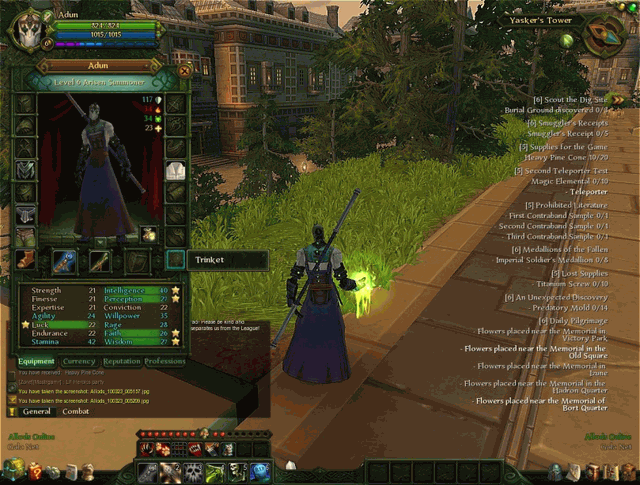
Another outstanding game design in the domestic market is the Perfect World (more than 7 million registrations), developed in China (publisher and operator in Russia - Mail.Ru Group). This RPG is more socialization: for example, a PW can enter inside the game marriages between members.

No less significant for the MMO industry games was to release the game World of Tanks (among others - "Tank Battle"). Project development studio is engaged in Wargaming. Lightning game gained popularity and became one of the most rapidly developing projects in the market. One of the achievements (the maximum number of players online on the same server - 190,541) fell into the "Guinness Book of Records».
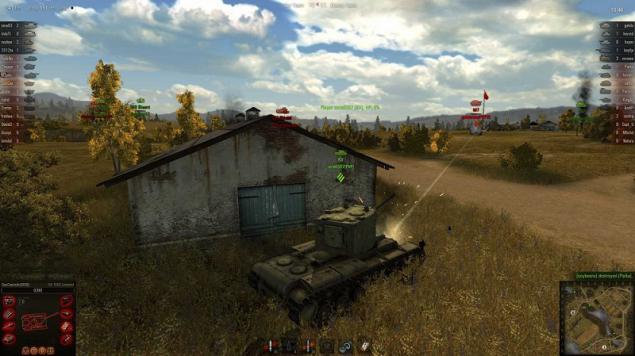
It is worth noting that the appearance of this game has attracted to online games of many users who have previously deterred seem complicated fantasy environment and the need to play for a long time. World of Tanks offered sessional type of game that makes the gameplay more casual and therefore demanded a regular user.
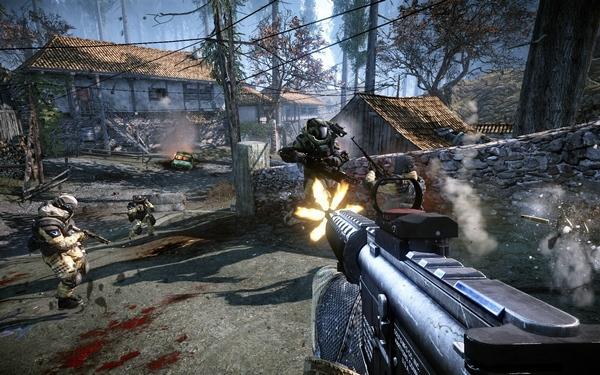
In 2012, the market was released online shooter Warface. It was developed by Ukrainian studio Crytek company Mail.Ru Group and published in the spring of 2012. The game is positioned as an online shooter AAA grade, and for two months in the game were more than 2 million registrations.
Source: habrahabr.ru/company/mailru/blog/225387/
Continuing the series of articles ( part 1 ) about the history of the gaming market and publish the second part. Today we will talk about the history of the formation of the market of gaming consoles and multiplayer games.
Console wars Formation consoles market began in the early 1990s. Prior to this set-top boxes (as they are called because of the signal receiver is used) were quite rare in the USSR.
The first truly mass products that appeared on the domestic market of consoles, and were prefixes Dendy Dendy Junior, completely copied from the Japanese Nintendo Entertainment System (NES). For the world market, these consoles were already obsolete, because back in 1990 Nintendo introduced SNES.

Nevertheless, for the domestic market, even the appearance of consoles not the last generation has been better than nothing. By the simplicity of e-filling and production, the domestic market almost instantly captivated Dendy copies from Asia: Panasonix, Sany, Akaiwa ...
Until the mid-nineties, the market was divided into three price categories: budget Dendy and clones mainstream Sega (Genesis or Megadrive) and expensive Super Nintendo. Units of the players had a 32-bit console, which can be attributed to a conditional luxury-segment. The most famous member of this category was the Panasonic 3DO, used as a carrier CD.


The alignment of forces has changed dramatically in 1994, when the world market came the Japanese Sony, presented his vision of console entertainment. In Russia, a new console, dubbed the Sony PlayStation, began to gain popularity in 1997-1998, when the popular "craftsmen" have established the mass production of pirated versions of games, and gradually stabilize the economic situation will allow gamers to actively acquire console themselves.

Competitors have taken a few steps in a relatively successful attempt to change virtually monopolistic position in the market Sony consoles. However, for the rapid launch of some consoles competitors (primarily, Sega Dreamcast) followed by stagnation and withdrawal from the market. Most often, this was due to the small library of games (compared to a giant collection of Sony) and the high price of retail.
Fracture situation occurred in 2001 when the market went console entertainment software giant Microsoft, who presented console Xbox. Enlisting the support of many leading game developers, as well as releasing exclusive hit projects (HALO, Gears of War), Microsoft was able to make Sony to compete in the global market. However, in the Russian championship Japanese console remained undisputed. In 2000 he published a Sony PlayStation 2: Russia's launch was supported by substantial advertising budgets and release games in Russian. However, we must consider the fact until the mid-2000s almost all games for Sony consoles in Russia were pirated goods. A much higher price for licensed games and a wide range of counterfeit goods have played a significant role in capturing a dominant market share of the Japanese manufacturer of gaming consoles.


The next phase of the struggle for the consumer - from 2005 to 2007, when the major market participants consoles released new generation of their devices. On the Russian market in spring 2007 re-started the company Nintendo, presented his unusual decision Wii, in March the launch of Sony PlayStation 3, and in December 2007 was the start of the official Russian sales of Xbox 360.



In 2012, the Russian market appeared consoles Wii U, and a year later - Sony Playstation 4 and its main competitor, Xbox One.



Now almost the entire Russian market is busy PlayStation 3 and only a small part belongs to the Xbox 360 and Nintendo Wii.
Mansion on the market of console entertainment are mobile (portable) gaming devices that are booming since the mid-2000s. Leader in this market, as the market "big" consoles were Japanese products manufacturing Nintendo and Sony - Nintendo DS (and later DSi 3DS) and PlayStation Portable. In this PSP significantly outperforms popularity in Russia competing devices Nintendo.


Development igrKompyuternye multiplayer game where participants were encouraged to compete not only against artificial intelligence, but also with a live opponent, have existed for a long time - almost since the first game programs in the middle of the XX century. However, generally, the number of participants has been limited and rarely exceeded the number of computers in a local area network (such kind of multiplayer games called - "network"). In such networks (especially university) originated MUD (multi-user dungeon) - in fact, one of the first multiplayer games.

Most of these games are designed based on the Dungeons & Dragons, and have a clear fantasy oriented (in Russian representatives were MUD games Adamant, World Merlin and others).
In addition, it is worth mentioning the game based on the principle of play by email (PBEM), which is a classic game, "Pen", but using the e-mail address (projects Galaxy Plus, Atlantis, VGA Planets, etc.). Growth and decline in popularity of such methods of collective game correlated with the penetration of the Internet in Russia. A kind of alternative to the Internet in the 1990s was a free network FidoNet (required only a PC and modem - the monthly fee was absent). The highest point of popularity FidoNet steel 1996 -1997 years.

About the same time began widespread relatively inexpensive dial-up-access, which positively affected the dynamics of growth of internet penetration.
The turning point for the entire market, including the Russian segment, the emergence of the gaming universe Ultima Online (UO), which was created by Origin Systems on the basis of a large number of single-player game series Ultima. Thus, the reference point can be taken in 1997, when the players around the world have become available game servers ("shards») Ultima Online. Interest is maintained periodically facing additions expand the gaming world. So, in 2010, came out add-on Adventures on the High Seas. However, it is important to note that the official UO never went to the domestic market. The vast majority of players use the free pirated servers, and the proportion of users of the licensed version of the game with a monthly subscription fee was at the level of statistical error.

Another significant project garnered widespread popularity in Russia, were Korean Ragnarok Online, Lineage II (in Russia it is often called the "line", and the script of her popularity in our country repeated the story Ultima Online), Eve Online and World of Warcraft (WoW) . The latter is one of the most popular multiplayer games (about 10 million subscribers, according to Activision Blizzard).




In Russia, the explosive growth in the popularity of multiplayer games began with the arrival of the new millennium. The first major project in the country was the "Fight Club", officially launched in spring 2002. According to the creators, in fact, the project was the first browser game of its type in the world and, not least, the first game that has demonstrated a way to make serious money. The very idea of monetization, significantly, did not come from the owners of the game, and from users. The administrator of the project addressed the players who were offered for a certain amount to create a special gaming accessories, as well as "pump" (increase the data) characters. Later, this initiative will be continued in the form of an auction. The project "Fight Club" was an important milestone in the formation of the market yet because it "grew up" many of those who are actively engaged in the development and publishing of MMO-games.

First domestic customer MMO game became "Sphere", released by NIKITA ONLINE in 2003 together with 1C. In 2004, the game was recognized as the best multiplayer game on Gameland Awards, and in 2005 was honored with the same title sequel "Sphere: Peace Selected».

In 2006, the studio IT Territory launched game "Legend: Legacy of the Dragons". The game quickly gained popularity, from 2007 to 2011 "Legend" was included in the top ten of the popular vote Runet Award, and in 2010 and 2011 led the hit parade (in 2011 - along with World of Tanks, about which more will be discussed later ). In addition, the project was successful not only in Russia - in 2008, the game was released in the UK and Germany, and in 2009 the "Legend" has entered the market of China. At this point the game is running in Poland, Turkey, Spain, Italy, France, and the number of registered users in the game more than 8 million people worldwide.

The studio itself IT Territory in late 2007 merged with Astrum Nival (last Nival Online) and Time Zero, formed a holding company Astrum Online Entertainment. In 2008, the holding company has entered DJ Games. In 2009, a merger took place on the holding and Mail.Ru Group (after the acquisition of Mail.Ru Group 100% of the shares), which are formed as a result of the gaming division Mail.Ru Group. In the same year began open beta testing of the first developed at Mail.Ru Group game project - "Rage Online". In October 2010, the official launch of the project. At this point were about 9 million registered users worldwide. The very same universe, "Rage" was first introduced gaming community in the late 90-ies. A minimum distance were released as successful Rage of Mages and Rage 2: Lord of Souls. In addition, the games have become popular not only in Russia but also abroad.

Another outstanding game design in the domestic market is the Perfect World (more than 7 million registrations), developed in China (publisher and operator in Russia - Mail.Ru Group). This RPG is more socialization: for example, a PW can enter inside the game marriages between members.

No less significant for the MMO industry games was to release the game World of Tanks (among others - "Tank Battle"). Project development studio is engaged in Wargaming. Lightning game gained popularity and became one of the most rapidly developing projects in the market. One of the achievements (the maximum number of players online on the same server - 190,541) fell into the "Guinness Book of Records».

It is worth noting that the appearance of this game has attracted to online games of many users who have previously deterred seem complicated fantasy environment and the need to play for a long time. World of Tanks offered sessional type of game that makes the gameplay more casual and therefore demanded a regular user.

In 2012, the market was released online shooter Warface. It was developed by Ukrainian studio Crytek company Mail.Ru Group and published in the spring of 2012. The game is positioned as an online shooter AAA grade, and for two months in the game were more than 2 million registrations.
Source: habrahabr.ru/company/mailru/blog/225387/

